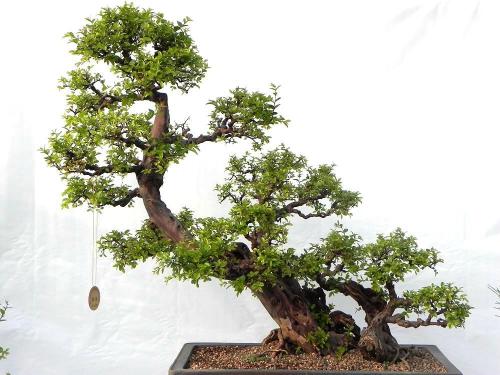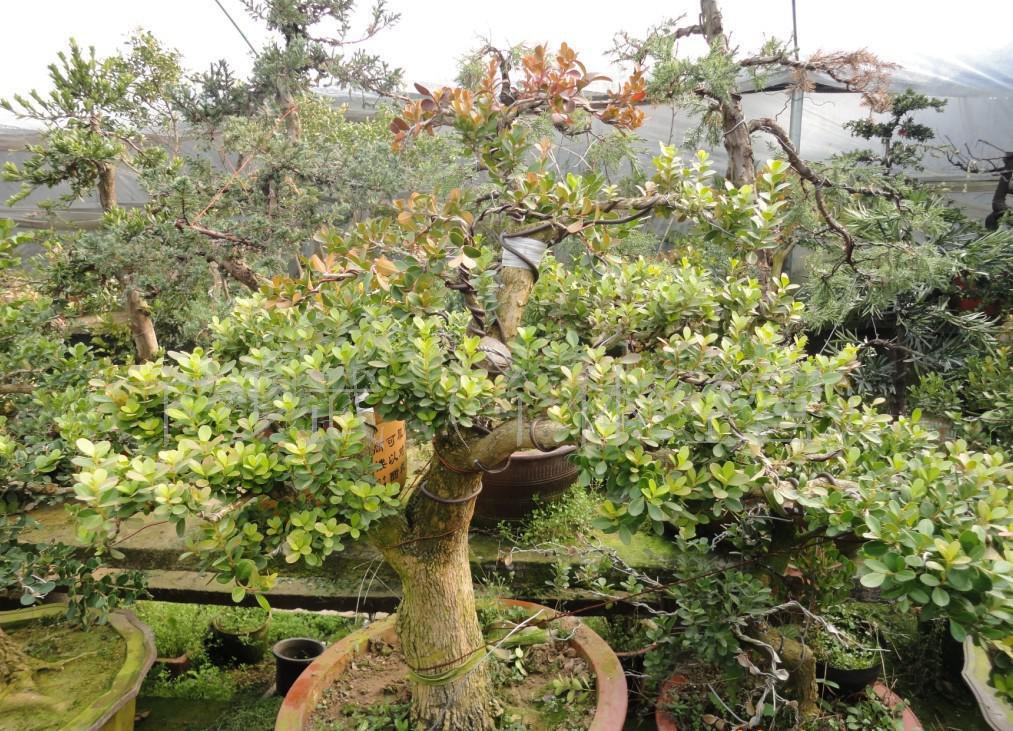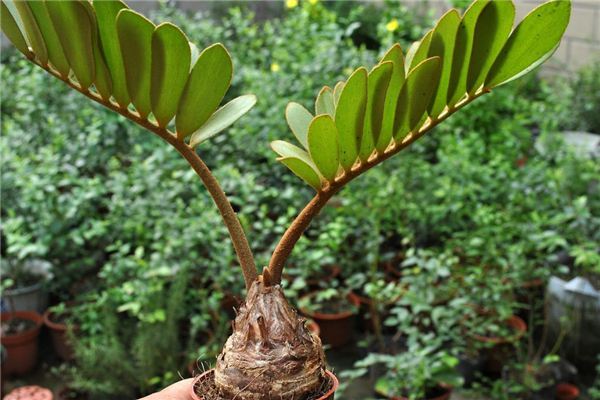How to choose bonsai stumps in winter
From the point of view of cultivation, the type of tree stump is suitable for making wild stump of bonsai. From the point of view of cultivation, it is required to be resistant to pruning and easy to tie. From the aesthetic point of view, it is required that the appearance can basically meet the conditions of leaf twig curvature, flower multiplication and fruit beauty. Common evergreen categories are: birds do not stay, oak, Chinan, Elaeagnus angustifolia, ten meritorious efforts, southern bamboos, firethorns, etc.; common deciduous categories are: Wei spear, bayberry, sparrow, crape myrtle, triangular maple, small leaf Anzhen, hammer elm, wisteria, etc., deciduous leaves can be purchased in winter and spring.

Look at the vitality of the stump first look at the bark, cut the rough outer bark of the dry pile, the inner layer is turquoise, and those with fine water droplets exudate are fresh stumps; the second look at the branches, gently twist the branches, are tough and not easy to break, or the section is moist after breaking, and the cambium is light green, which is the stump of the newly fallen mountain. If you look at the root system, you can see that the outer skin of the fine root is cut, the inner layer is white or fleshy red, there are fine water droplets seeping out, the root system is flexible, and the root end of the hair whisker is still milky white, which is the stump that has just been dug; finally, if you look at the leaves of the evergreen tree, the evergreen leaves of the stakes are evergreen, and those with luster are better.
Look at the shape of the leaves to be thin and thick, shiny, lateral roots to be stout, proper parts, smooth lines, and epiphytic roots are better; strange, dry embryos should be sturdy and burly, or Weian tall and straight, or Qiu Qiu qu colorful, or lie up, or both leaky; branches should be distributed in an orderly manner, rich in momentum, staggered around before and after the pile stem, without sawing or strong twisting, and can form a natural crown. Those who have both one or two of these five items can be selected for cultivation.
Time: 2019-04-19 Click:
- Prev

The price of boxwood bonsai has increased six times in three years, and the plant collection market has become stronger.
When it comes to collection, people usually think of traditional collections such as calligraphy and painting, antiques, jewelry and jade, but they do not realize that plants can also be "collected". Three years ago, it cost only 500 yuan to buy a well-shaped, healthy and delightful boxwood bonsai. Nowadays, it costs about 3000 yuan to buy the same bonsai
- Next

The Culture method of Mexican Iron Tree
The graceful green and evergreen of the Mexican iron tree can be used to decorate and beautify the courtyard, living room and bedroom. After adulthood, the plant is an advanced ornamental plant for courtyard greening. Seedlings can be used for potted plants, make small bonsai and put them on the coffee table and other places to watch. And leaves can also be used for illustration.
Related
- Fuxing push coffee new agricultural production and marketing class: lack of small-scale processing plants
- Jujube rice field leisure farm deep ploughing Yilan for five years to create a space for organic food and play
- Nongyu Farm-A trial of organic papaya for brave women with advanced technology
- Four points for attention in the prevention and control of diseases and insect pests of edible fungi
- How to add nutrient solution to Edible Fungi
- Is there any good way to control edible fungus mites?
- Open Inoculation Technology of Edible Fungi
- Is there any clever way to use fertilizer for edible fungus in winter?
- What agents are used to kill the pathogens of edible fungi in the mushroom shed?
- Rapid drying of Edible Fungi

